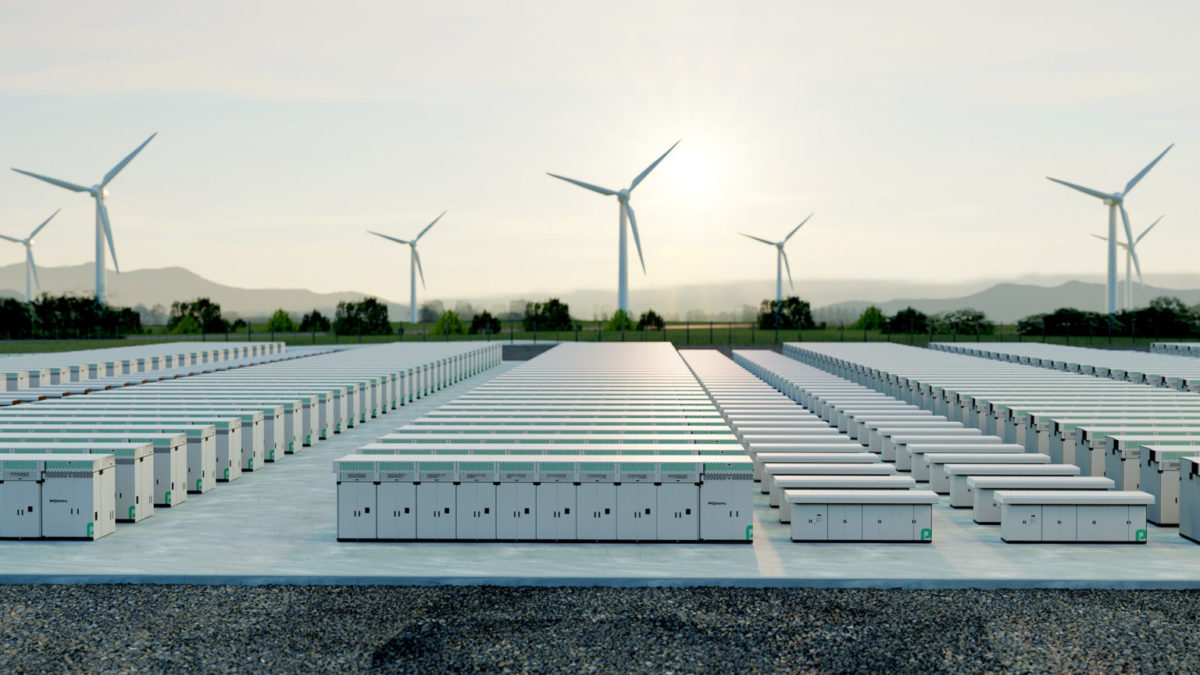From pv magazine USA
PNNL researchers have investigated how energy storage used as a transmission asset could also be operated and compensated as a market participant, primarily in energy markets.
As an example of storage used as transmission, Jeremy Twitchell, a senior energy analyst at PNNL, said in a recent webinar that Midwest grid operator MISO selected a USD 12 million ($17.8m) storage project as a transmission asset in Wisconsin, instead of a USD 13 million transmission project. MISO’s storage-as-transmission project will recover its cost through MISO’s transmission system rates, approved by the Federal Energy Regulatory Commission (FERC), he said, and will not participate in energy markets.
The opportunity for dual use of such a project arises because “even on fully contracted, heavily used transmission lines, there is unused capacity most of the time,” Twitchell said. “We build the grid based on peak needs plus reserve margins, but we’re only at that peak a few hours a year.”
That means storage, when it’s not being used as transmission, “can go do other things,” he said. FERC “recognised this in 2017,” Twitchell said, and issued a policy statement saying that storage deployed as a transmission asset can also provide market services.
“FERC was doing this to reduce system costs,” he said, adding that FERC cautioned that a storage asset cannot recover all its costs as a transmission asset, and also recover all its costs as a generation asset, “and keep it all,” because in that case there’s no cost reduction.
The California Independent System Operator (CAISO) and MISO began exploring how to respond to FERC’s nonbinding policy statement, Twitchell said, with CAISO considering how market revenues could be shared with customers, but both closed their proceedings without resolving the complexities of market participation and compensation for dual-use storage.
Without clear compensation mechanisms to enable developers to recover the costs of energy storage investments, the investments “will not go forward,” said Charlie Vartanian, a senior technical at PNNL who moderated the webinar.
To continue reading, please visit pv magazine USA.
This content is protected by copyright and may not be reused. If you want to cooperate with us and would like to reuse some of our content, please contact: editors@pv-magazine.com.








By submitting this form you agree to pv magazine using your data for the purposes of publishing your comment.
Your personal data will only be disclosed or otherwise transmitted to third parties for the purposes of spam filtering or if this is necessary for technical maintenance of the website. Any other transfer to third parties will not take place unless this is justified on the basis of applicable data protection regulations or if pv magazine is legally obliged to do so.
You may revoke this consent at any time with effect for the future, in which case your personal data will be deleted immediately. Otherwise, your data will be deleted if pv magazine has processed your request or the purpose of data storage is fulfilled.
Further information on data privacy can be found in our Data Protection Policy.